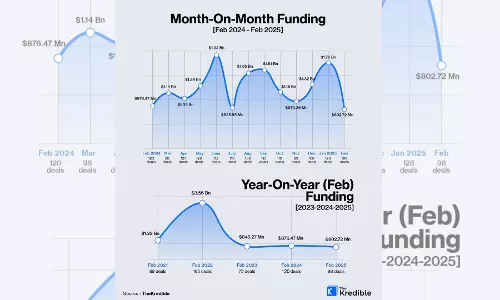Men earn 67 pc more than women in India: report
Accenture's research found that globally a woman earns an average USD 100 for every USD 140 a man earns.;

New Delhi: The gender pay gap in India is as high as 67 per cent as a man on an average earns USD 167 compared with USD 100 by a woman, says a report.
According to Accenture Research, much of this gap is caused by the fact that there are more men than women in high paying functional and leadership roles, in addition to factors such as education levels, industry segment and hours worked.
"Despite recent successes such as improvement in education, and more work opportunities, socio-cultural issues often force women to step back at important stages in their careers making the gap harder to close," said Rekha Menon, Chairman and Sr Managing Director, Accenture in India.
Accenture's research found that globally a woman earns an average USD 100 for every USD 140 a man earns. Adding to this imbalance is the fact that women are much less likely than men to have paid work.
"Gender equality is an essential element of an inclusive workplace and this extends to pay," Accenture's chairman and CEO Pierre Nanterme said.
"Business, government and academia all have an important role to play in closing the gap. Collaboration among these organisations is key to providing the right opportunities, environments and role models to lead the way for change," Nanterme added.
The report offered three powerful accelerators -- digital fluency, career strategy, and tech immersion -- to help women close the pay gap. The research also found that applying the three strategies could add USD 39 billion to women's incomes by 2030, the report said.
The cross-industry report, Getting to Equal 2017, includes findings from 29 countries and reveals that, within decades, the average pay gap could close if women take advantage of three career equalizers and if business, government and academia provide critical support.
With these changes, the average pay gap in developed markets could close by 2044, shortening the time to pay parity by 36 years.
In developing markets, the changes could cut more than 100 years off the time to reach pay parity, achieving it by 2066 instead of 2168.


